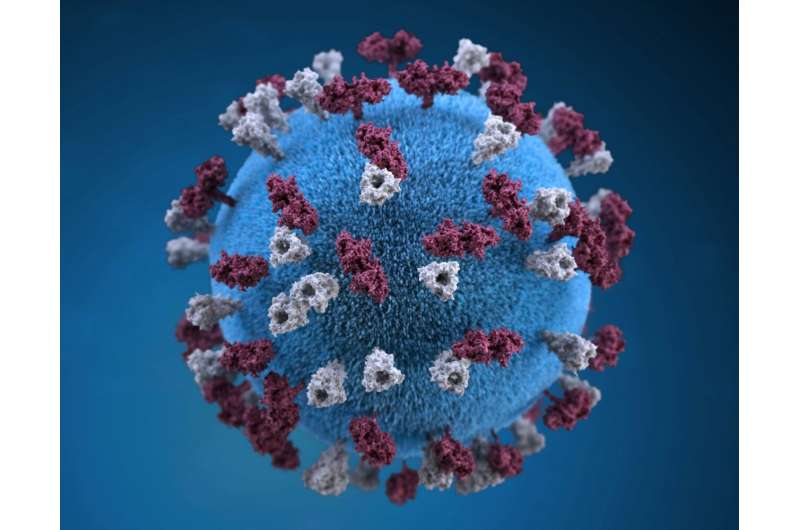Thimerosal in Vaccines: Revisiting the Controversy Surrounding a Historic Preservative

A comprehensive overview of thimerosal, the historic vaccine preservative, its safety profile, and the ongoing debates surrounding its use in flu vaccines and childhood immunizations.
Understanding Thimerosal and Its Role in Vaccination
Thimerosal is a preservative that has been used in certain vaccines since the 1930s, mainly in multi-dose vials to prevent bacterial contamination. Beyond vaccines, it has also been found in some other medical products. Its primary purpose was to maintain vaccine sterility when multiple doses are extracted from the same vial.
The Origins of the Controversy
Questions about thimerosal arose in the late 1990s due to its mercury content. It contains ethylmercury, a form different from methylmercury found in some seafood. Ethylmercury is quickly processed and excreted by the body, leading scientific studies to largely show no evidence of harm at the levels present in vaccines.
Regulatory Actions and Public Perception
In response to the concerns, the U.S. phased out thimerosal from most childhood vaccines starting in 2001, especially those given to children six years old and younger. Today, the majority of flu vaccines in the U.S.—over 96%—are thimerosal-free, particularly single-dose formulations. The removal was a precautionary measure rather than a response to proven health risks.
The Reemergence of the Debate
Recently, vaccine opponents and some political figures have revived discussions about thimerosal, claiming it might be linked to autism and other neurodevelopmental disorders. For instance, U.S. Health Secretary Robert F. Kennedy Jr., known for his antivaccine stance, has argued that remaining thimerosal-containing flu vaccines might pose risks, especially to pregnant women.
Scientific Consensus and Current Evidence
Extensive research, including analyses by the CDC, continues to find no credible link between thimerosal and autism or other neurodevelopmental conditions. Despite this, debates persist, often fueled by misinformation. Epidemiological data even shows that autism rates increased after thimerosal was removed from most childhood vaccines, which further complicates the narrative.
Conclusion
Thimerosal remains a historic component of vaccine preservation. The scientific community's consensus strongly indicates that the preservative is safe at the levels used in vaccines. Ongoing monitoring and research support the continued use of vaccines without thimerosal, ensuring both safety and public confidence.
For more detailed information, visit MedicalXpress.
Stay Updated with Mia's Feed
Get the latest health & wellness insights delivered straight to your inbox.
Related Articles
Major Advances in Psychiatric Genomics Over the Last Five Years
Recent discoveries in psychiatric genomics have transformed our understanding of the genetic basis of mental health disorders, revealing new pathways, shared genetic factors, and future directions for personalized treatment.
Colorado Reports 10 Cases of Measles This Year Amid Airport-Related Outbreak Expansion
Colorado has reported 10 measles cases in 2025, with recent cases linked to an outbreak at Denver International Airport, highlighting the importance of vaccination and surveillance.
Rethinking Autism and Exercise: New Research Challenges Traditional Views
A groundbreaking study challenges traditional views on autism and physical activity, emphasizing inclusive, trauma-informed, and neurodivergent-centered approaches to support autistic adults' health and well-being.
Research Shows Allergy Shots Are Effective Regardless of Dose or Allergy Severity
Recent research shows that allergy immunotherapy works effectively regardless of allergen dose or allergy severity, paving the way for personalized allergy treatments.



